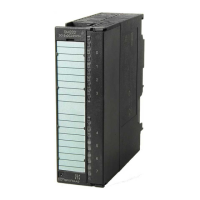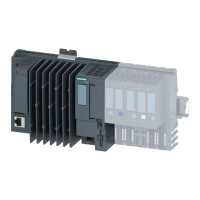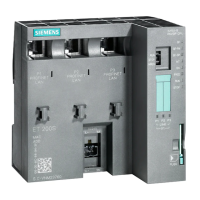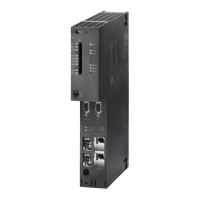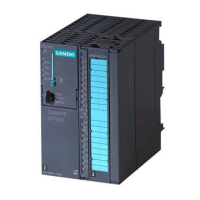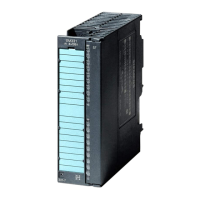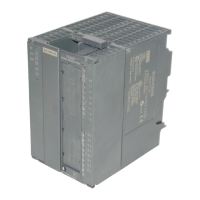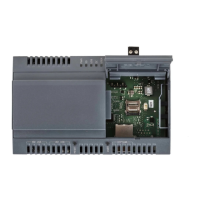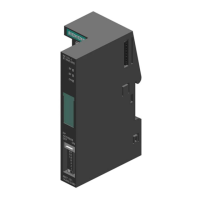Memory concept
6.1 Memory areas and retentive address areas
Retentive behavior of a DB
For the Technology CPU, you can specify in
STEP 7
or via SFC 82 "CREA_DBL" (parameter
ATTRIB -> NON_RETAIN bit), whether a DB at POWER ON/OFF or RUN-STOP
• retains the actual values (retentive DB), or
• accepts the initial values from load memory (non-retentive DB)
Table 6-2 Retentive behavior of the DBs for the Technology CPU
At POWER ON/OFF or restart of the CPU, the DB should ...
... receive the initial values
(non-retentive DB)
... retain the last actual values (retentive DB)
Reason:
At POWER ON/OFF and restart (STOP-
RUN) of the CPU, the actual values of the
DB are non-retentive. The DB receives the
initial values from the load memory.
Reason:
At POWER OFF/ON and restart (STOP-RUN) of the
CPU, the actual values of the DB are retained.
Requirement in STEP 7:
• The "Non-retain" check box must be
activated in the block properties of the
DB, or
• a non-retentive DB was generated with
SFC 82 "CREA_DBL" and the
associated block attribute (ATTRIB ->
NON_RETAIN bit).
Requirement in STEP 7:
• The "Non-retain" check box must be deactivated in
the block properties of the DB, or
• a retentive DB was generated with SFC 82.
Retentive behavior of a technology data block
Technology data blocks are non-retentive.
6.1.4 Address areas of system memory
Overview
The system memory of the S7 CPUs is organized in address areas (refer to the table below).
In a corresponding operation of your user program, you address data directly in the relevant
address area.
Table 6-3 Address areas of system memory
Address areas Description
Process image of inputs At every start of an OB1 cycle, the CPU reads the values at the
input of the input modules and saves them the process image of
inputs.
Process image of outputs During its cycle, the program calculates the values for the outputs
and writes these to the process image of outputs. At the end of
the OB1 cycle, the CPU writes the calculated output values to the
output modules.
S7-300 CPU Data: CPU 315T-2 DP
6-4 Manual, 12/2005, A5E00427933-02

